6 February 2025
Have you ever played a game where the main character didn’t show their face? You know, the type of character hidden behind a mask, a helmet, or maybe even just a mysterious silhouette? If you’re a gamer, chances are you’ve encountered these enigmatic characters more times than you can count. They’re pivotal to storytelling in the gaming world, yet often, their true identity or emotions are tucked away behind layers of obscurity.
But here’s the thing: faceless characters are far from empty shells. In fact, some of the most iconic protagonists in gaming history—we’re looking at you, Master Chief and Hollow Knight—don’t rely on facial expressions to connect with players. So, how exactly do developers make us love (or fear) these masked, faceless enigmas? Let’s dive deep into what makes faceless characters tick, and more importantly, how they’re brought to life in ways that hit us right in our feels. 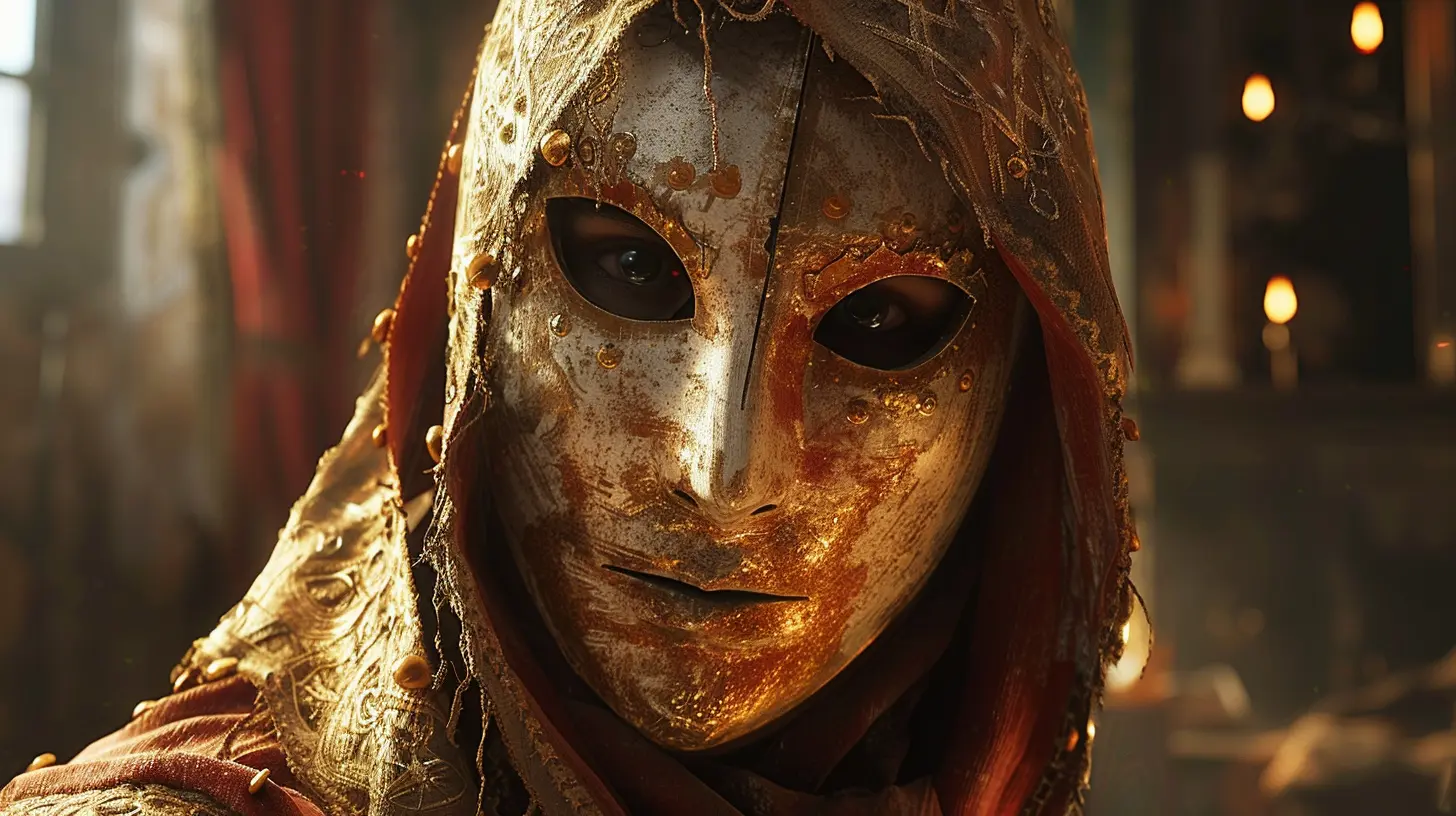
What Makes Faceless Characters so Intriguing?
Think about it: what’s the first thing you notice about someone you meet? Their face, right? Facial expressions are, after all, the universal language of emotions. So when a game creates a character and then takes away this very tool for emotional expression, it’s like asking you to read a book without looking at the cover.But instead of being a limitation, this lack of a face becomes part of the character’s allure. Why? Because it invites you, the player, to fill in the blanks. It’s a bit like when a novel leaves a character's physical description vague—it allows your imagination to do the heavy lifting. With faceless characters, you’re not just playing as them; in many ways, you become them. 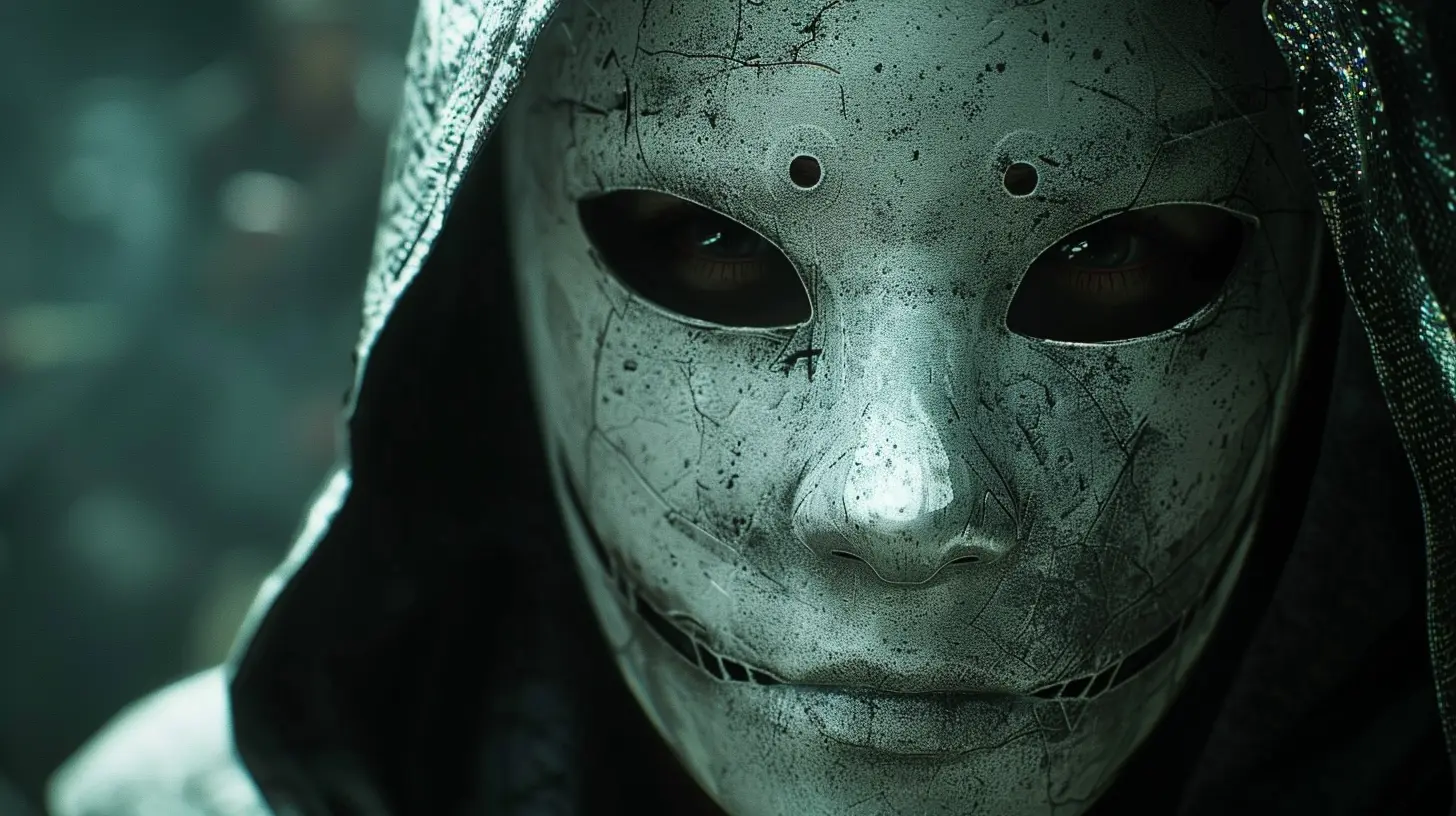
The Psychology of Faceless Protagonists
Have you ever noticed how wearing a mask during a costume party makes you feel a little bolder? There’s a fascinating psychology behind it: masks strip away identity, allowing you to project whatever personality you want onto the blank slate. Faceless characters in games work the same way.When you’re controlling a character without a face, their story feels less like their journey and more like yours. This is exactly why silent, faceless protagonists like Link from The Legend of Zelda series resonate so deeply—they’re designed to be a mirror for the player.
And here’s where it gets even cooler: by removing their face, developers often strip away bias. Without a visible identity, you’re less likely to judge the character based on preconceived notions about appearance, race, or age. A masked figure is universal—they could be anyone, which makes them more relatable to everyone. 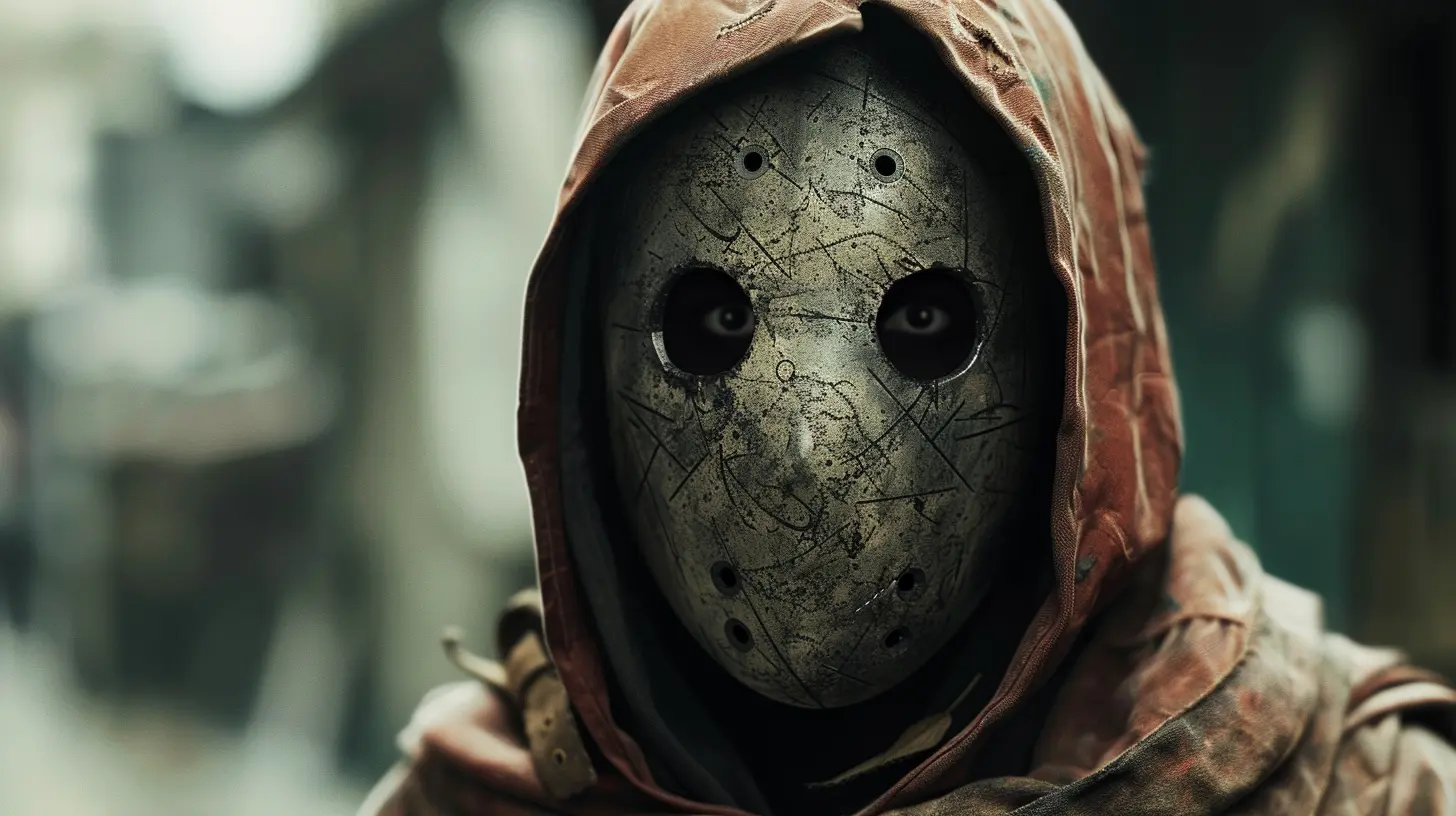
Giving a Voice to the Faceless
No face? No problem. Game developers have other tricks up their sleeves to humanize faceless characters. One of the most effective tools? Voice acting.Take Master Chief from the Halo series, for example. You never see his face, yet his gravelly, no-nonsense voice has become iconic. Why? Because his voice carries every ounce of emotion his face can’t. A well-delivered line of dialogue can say more than a thousand facial animations ever could.
Speaking of voice work, let’s not forget how subtle tonal shifts can make all the difference. Think about it: a hesitant pause, a crack in the voice, or even a well-timed sigh can communicate vulnerability, courage, or doubt. These auditory cues essentially become the “face” of the character, painting an emotional picture for the player. 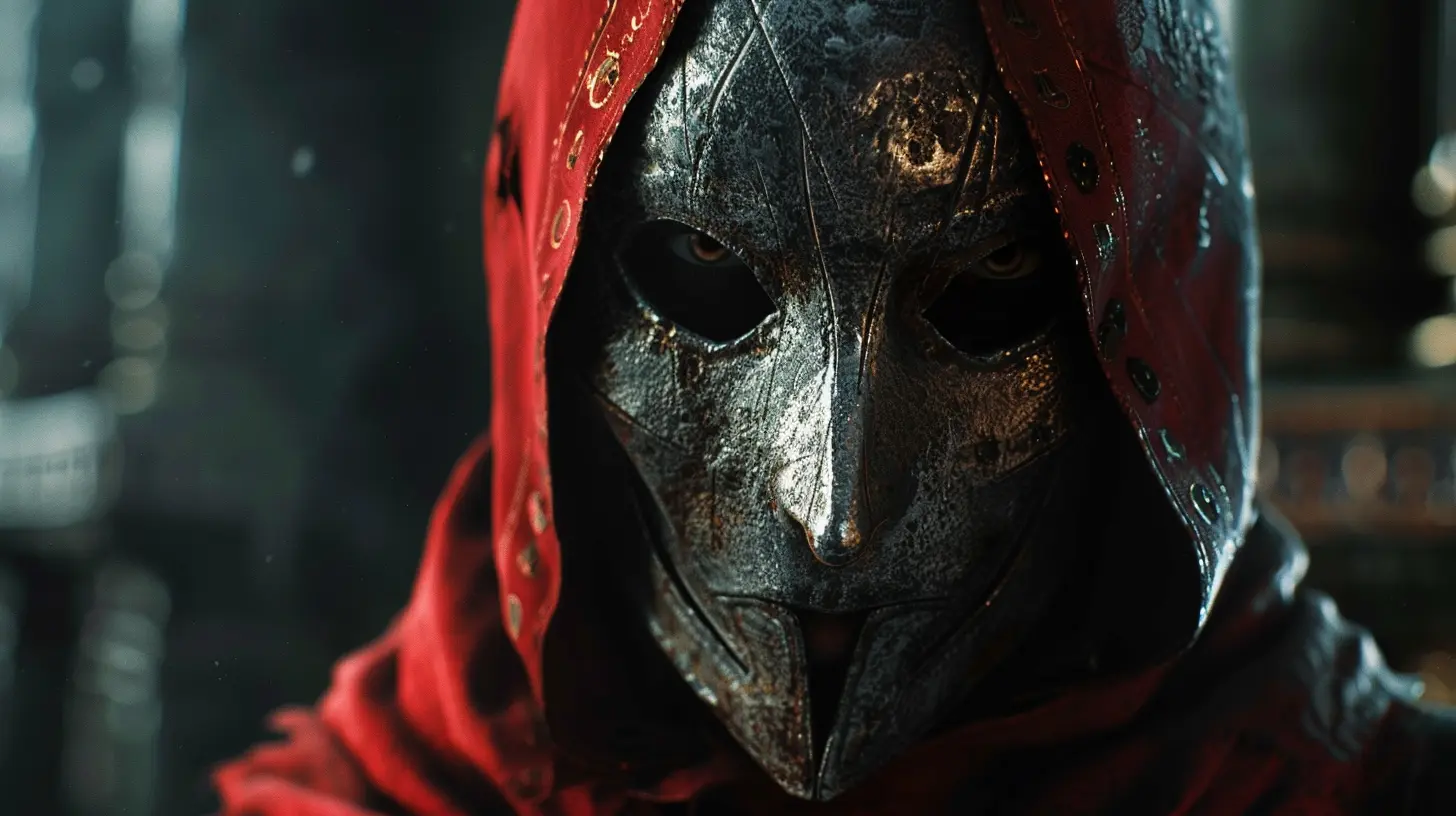
Actions Speak Louder than Faces
Sometimes, faceless characters don’t even need a voice to be humanized. Their actions alone are enough to do the talking.Take the nameless traveler in Journey. The character doesn’t utter a single word, and their face remains hidden beneath a hood. Yet, their body language—those heavy trudges through the sand, the excited leaps, the slight bow to another traveler—speaks louder than any voice line ever could.
Or what about Hollow Knight from, well, Hollow Knight? Without dialogue or facial expressions, you still feel every moment of their journey. The weight of their tiny frame, the determination in their sword strikes, and the way they pause when catching their breath—it all tells a story that words or faces don’t need to.
The Power of Mystery
Faceless characters also thrive on mystery. Let’s be real: there’s something undeniably intriguing about not knowing. When a character’s face is hidden, it sparks a sense of curiosity that keeps you engaged.Why are they wearing a mask? What are they hiding? Is there a scar, a secret identity, or something else altogether under there? These unanswered questions make us invest more in the character because we want to figure them out.
Take Dark Souls. Many characters wear helmets or masks, and you rarely (if ever) get to see what lies beneath. Yet, these faceless warriors feel more alive than some over-animated NPCs. Their mystery becomes part of their charm—like an enigma you can’t help but want to solve.
When the Faceless Become the Faced
Every now and then, games pull back the curtain and reveal the face behind the mask. Sometimes, it’s satisfying. Other times? Not so much.Take Samus Aran from Metroid. When her identity was revealed at the end of the original Metroid, it sent shockwaves through the gaming world. Why? Because back in the day, no one expected a badass space bounty hunter to be a woman. That reveal added depth to her character, making her not just an armored juggernaut but also a symbol of empowerment.
On the flip side, some reveals fall flat. When a character’s face doesn’t live up to the hype, it can leave players feeling underwhelmed. Why? Because the face you imagined is often way cooler than whatever the developers came up with. It’s a bit like when a movie adaptation ruins your favorite book character—sometimes, leaving things to the imagination is better.
Why Faceless Characters Will Always Matter
At the end of the day, faceless characters aren’t just a clever design choice; they represent something bigger. They remind us that a face isn’t necessary to tell a compelling story. Emotions can be conveyed through a voice, body language, or even just the context of the world around them.More importantly, these characters show us that gaming is about connection. Whether we’re projecting ourselves onto their blank slates or unraveling the mystery of who they are, faceless characters challenge us to look beyond appearances.
So the next time you pick up a game and encounter a character without a face, pause and think about it. They might just be the most human character in the entire story.



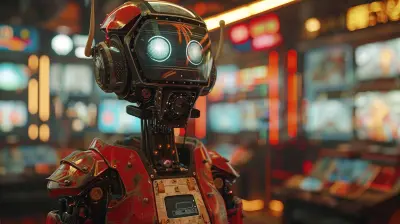
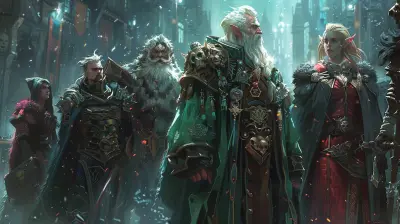

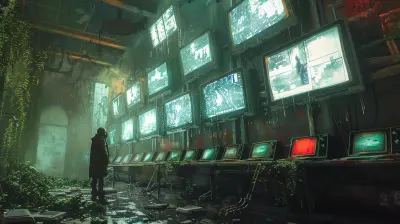

Faelith Fisher
This article brilliantly explores how voice acting enriches faceless characters, transforming them into relatable figures. By adding depth and personality, voice talent enhances emotional connection, proving that every character deserves a story.
April 3, 2025 at 5:08 AM